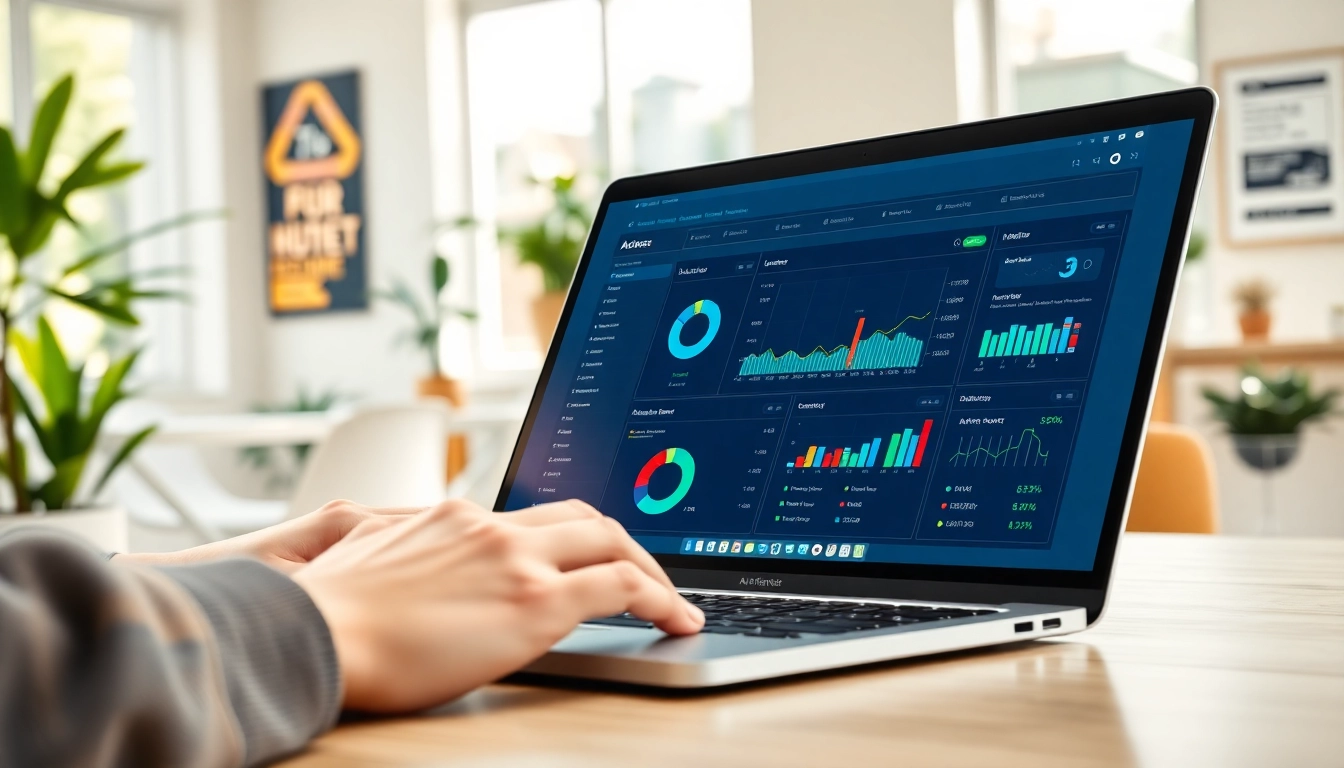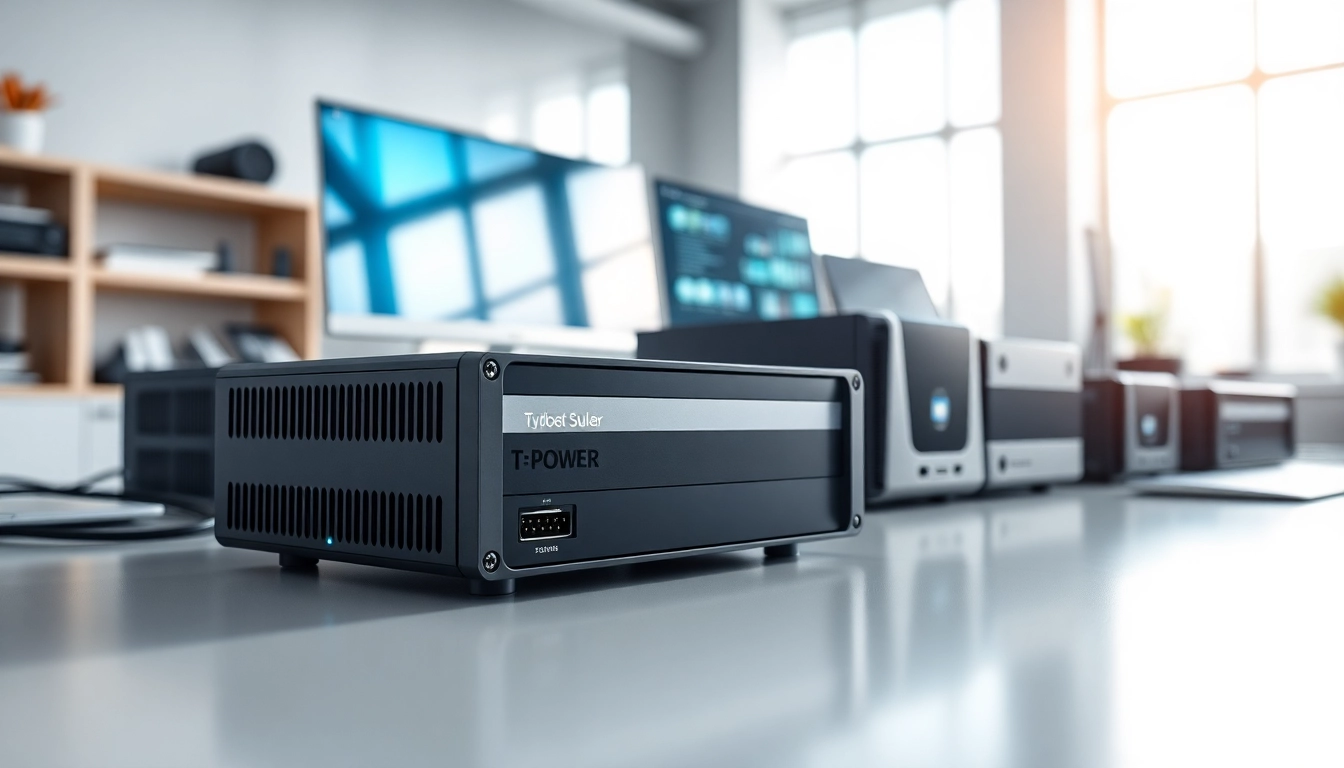Understanding Thermal Management Materials
Definition and Importance
Thermal management materials are essential components in modern electronic systems designed to effectively control and dissipate heat generated during operation. They play a vital role in ensuring the reliability and efficiency of electronic devices by promoting optimal temperature regulation. Effective thermal management is crucial because excessive heat can lead to decreased performance, shortened lifespan, and ultimately, failure of electronic components. The importance of thermal management materials cannot be overstated, particularly in high-performance applications such as consumer electronics, automotive systems, and industrial machinery. By utilizing thermal management materials, manufacturers can enhance product performance, optimize energy consumption, and ensure compliance with industry standards.
Types of Thermal Management Materials
There are various types of thermal management materials, each designed to fulfill specific roles in heat dissipation. The most common types include:
- Thermal Interface Materials (TIMs): These are critical for reducing thermal resistance between surfaces. They facilitate heat transfer from heat-generating electronic components to heat sinks or other dissipating structures. Common TIMs include thermal greases, gels, and adhesives.
- Thermal Pads and Gap Fillers: These materials are used to fill the air gaps between components and heat sinks, enhancing thermal transfer. They offer good compression and conformability, making them suitable for various applications.
- Phase Change Materials (PCMs): These materials absorb and release thermal energy as they change states (solid to liquid). PCMs are particularly effective in managing thermal spikes and can be integrated into designs where temperature fluctuations are a concern.
- Thermal Conductive Adhesives: These adhesives bond electronic components while providing excellent thermal conductivity. They are commonly used in assembling heat-generating devices.
- Heat Spreading Materials: Materials such as graphite and metal foams can disperse heat quickly across a surface. They are often used in high-power applications where rapid heat dissipation is required.
Applications in Electronics
Thermal management materials find applications across numerous sectors where electronic devices operate. Key applications include:
- Consumer Electronics: Devices such as smartphones, tablets, and laptops rely on thermal management materials to prevent overheating and extend operational life.
- Automotive: Thermal management is critical in electric vehicles (EVs) and internal combustion engine vehicles to maintain battery performance and component longevity.
- Industrial Equipment: Machine tools and production equipment utilize thermal materials to manage heat in high-stress environments, ensuring consistent performance.
- Aerospace and Defense: In environments with extreme thermal variations, specialized thermal management materials enhance the reliability of systems aboard planes and military vehicles.
Selecting the Right Thermal Management Materials
Key Considerations for Performance
Choosing the right thermal management materials involves several critical considerations:
- Thermal Conductivity: The effectiveness of thermal management materials is primarily determined by their thermal conductivity. The higher the thermal conductivity, the better they can conduct heat away from heat sources.
- Mechanical Properties: Consideration of properties such as compressibility, tensile strength, and flexibility is vital. Materials should withstand the mechanical stresses found in their operational environment.
- Thermal Stability: Selected materials must maintain performance under the expected operating temperature range without degrading or losing functionality.
- Compatibility: It is essential to evaluate the compatibility of thermal management materials with other components, including chemical and physical interactions that might occur during operation.
Industry Standards and Certifications
Compliance with industry standards is crucial in selecting thermal management materials. Different sectors have specific standards such as:
- ISO 9001: General quality management systems, ensuring consistent quality in manufacturing processes.
- ASTM Standards: Various standards such as ASTM D5470 for thermal interface materials provide guidelines for assessing thermal performance.
- UL Certifications: For applications where fire safety is a concern, UL certifications are essential to ensure materials meet safety criteria.
Cost vs. Quality Analysis
When selecting thermal management materials, balancing cost and quality is crucial. While lower-cost options might save money upfront, they could lead to higher operational costs, reduced performance, or premature failure. Investing in higher-quality materials can bring long-term benefits, like improved performance, lower maintenance costs, and extended product life. A comprehensive cost analysis should consider both initial purchase prices and the total cost of ownership, including potential replacements and operational efficiencies.
Best Practices for Implementing Thermal Management Solutions
Installation Guidelines
The installation of thermal management materials is as critical as their selection. To ensure optimal performance:
- Follow manufacturer guidelines for application thickness and techniques, as improper installation can substantially reduce thermal conductivity.
- Clean all surfaces before applying thermal interface materials to remove contaminants that can hinder heat transfer.
- Apply thermal pads and gap fillers at the prescribed thickness to achieve optimal contact area and reduce thermal resistance.
- Utilize proper tools to ensure uniform application, avoiding air bubbles that could impair thermal management.
Common Mistakes to Avoid
Implementing thermal management materials can be challenging. Here are some common pitfalls to avoid:
- Neglecting to conduct thermal simulations or assessments before selecting materials, which can lead to incompatible or underperforming solutions.
- Using outdated materials that lack the performance needed for modern applications where high efficiency is paramount.
- Focusing solely on cost over performance, which can compromise the integrity of final products.
Maintenance Tips for Longevity
Regular maintenance can prolong the effectiveness of thermal management materials. Recommendations include:
- Scheduled inspections of heat dissipation components to identify wear or failure before they impact performance.
- Replacing thermal materials at recommended intervals or when performance metrics indicate a decline.
- Monitoring and measuring operating temperatures to ensure that thermal management systems are functioning as designed.
Innovations in Thermal Management Technologies
Emerging Materials and Techniques
The field of thermal management is continuously evolving, with new materials and methods emerging to enhance thermal performance:
- Graphene-Based Materials: Known for their exceptional thermal conductivity, graphene composites are being explored for advanced cooling solutions.
- Metallic Foams: These lightweight materials offer increased surface area for heat transfer and are becoming popular in high-performance applications.
- Adaptive Thermal Management: Systems that can actively adjust thermal management strategies based on real-time data, enhancing efficiency and responsiveness.
Case Studies of Successful Implementations
Numerous companies have reported success in implementing thermal management solutions:
For instance, a well-known electronics manufacturer adopted advanced thermal interface materials in their flagship smartphone. By doing so, they improved thermal conductivity by 30%, leading to better performance and user satisfaction. Similarly, an automotive company utilized phase change materials in their electric vehicle battery systems, effectively managing temperature spikes and enhancing battery life.
Future Trends in Thermal Management Technologies
Looking ahead, trends suggest a move towards smarter thermal management solutions:
- Integration with IoT: With the rise of IoT applications, integrating intelligent thermal management systems that monitor and adjust in real-time will become more common.
- Environmentally Friendly Materials: As sustainability becomes a significant concern, there will be a shift towards eco-friendly thermal management materials that do not sacrifice performance.
Measuring the Effectiveness of Thermal Management Materials
KPI Metrics for Performance Evaluation
To assess the performance of thermal management materials, companies should establish Key Performance Indicators (KPIs) such as:
- Thermal Resistance: Measuring the thermal resistance of materials is essential for determining how effectively they transfer heat.
- Operating Temperature Range: Evaluating how materials perform under varying temperature conditions can provide insights into their reliability.
- Lifespan and Durability: Tracking the longevity of materials in real-world applications helps in understanding cost-effectiveness and potential need for replacement.
Customer Feedback and Experiences
Customer feedback plays a crucial role in evaluating the effectiveness of thermal management materials. Gathering insights from users can highlight potential issues, improvements, and overall satisfaction with performance. Companies should establish open channels for feedback and implement changes based on user experiences to enhance product offerings.
Comparative Analysis with Competitors
Conducting a comparative analysis with competitors can uncover strengths and weaknesses in one’s thermal management offerings. Factors to consider include:
- Performance Metrics: Comparing thermal conductivity and durability across various offerings helps identify potential areas of improvement.
- Cost Structures: Evaluating pricing strategies in relation to performance allows for strategic positioning in the market.
- Customer Service: Analyzing support services provided alongside thermal management materials can enhance customer loyalty and retention.














Leave a Reply